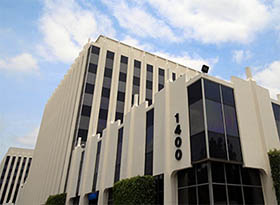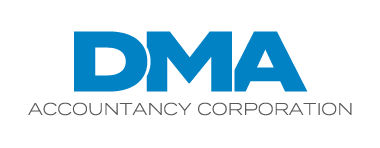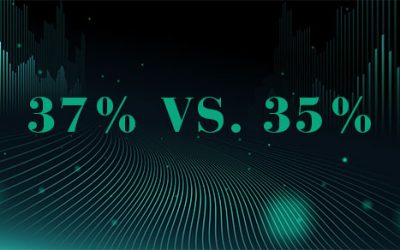Newsletters
Prior Newsletters
There’s still time to save 2025 taxes
Just because it’s December doesn’t mean it’s too late to reduce your 2025 tax liability. Consider...
2026 ACA affordability rules: Key updates for employers
The word “affordability” is getting a lot of play in the news and elsewhere these days. But if...
New itemized deduction limitation will affect high-income individuals next year
Beginning in 2026, taxpayers in the top federal income tax bracket will see their itemized...
Employers: Watch out for 401(k) plan fraud
A 401(k) plan is among the most valuable benefits an employer can offer — and one of the most...
Shift income to take advantage of the 0% long-term capital gains rate
Are you thinking about making financial gifts to loved ones? Would you also like to reduce your...
How the Social Security wage base will affect your payroll taxes in 2026
The 2026 Social Security wage base has been released. What’s the tax impact on employees and the...
Dedicated, Mindful and Accountable.

DMA Accountancy Corporation
1400 N. Harbor Blvd., Ste #605
Fullerton, CA 92835







